Macroeconomics 8th Canadian Edition Andrew Abel – Test Bank
Macroeconomics, Cdn. 8e (Abel et al.)
Chapter 3 Productivity, Output, and Employment
3.1 Multiple-Choice Questions
1) In the production function Y = AF(K,N), A is ________, K is ________, and N is ________.
A) total factor productivity; the capital stock; the number of workers employed
B) total factor productivity; investment; the number of workers employed
C) the productivity of labour; the capital stock; the size of the labour force
D) the productivity of labour; investment; the size of the labour force
Answer: A
Diff: 1 Type: MC Page Ref: 48
2) In the production function Y = AF(K,N), A is
A) labour productivity.
B) total factor productivity.
C) capital productivity.
D) the marginal productivity of capital.
Answer: B
Diff: 1 Type: MC Page Ref: 48
3) Suppose the economy’s production function is Y = AK0.3N0.7. If K = 1000 and N = 50, then
Y = 2000. What is Y if K = 2000 and N = 100?
A) 4000
B) 3500
C) 3400
D) 3000
Answer: A
Diff: 3 Type: MC Page Ref: 48
4) Under certain circumstances, the production function Y = AF(K,N) can be rewritten as Y = ANF(K,N). In this case, suppose that both K and N double. What happens to output?
A) It remains unchanged.
B) It is reduced by one-half.
C) It is increased by a factor of 4.
D) It doubles.
Answer: D
Diff: 2 Type: MC Page Ref: 49


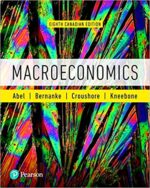




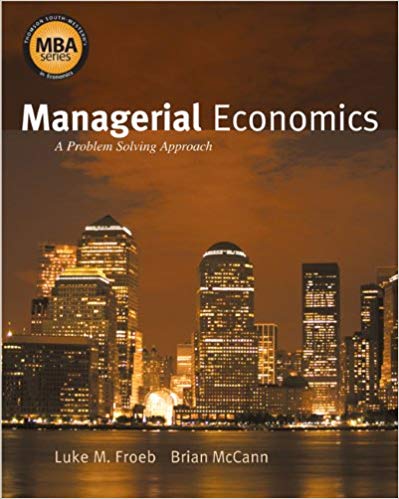



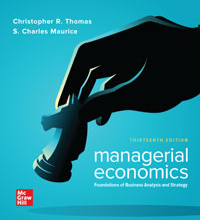
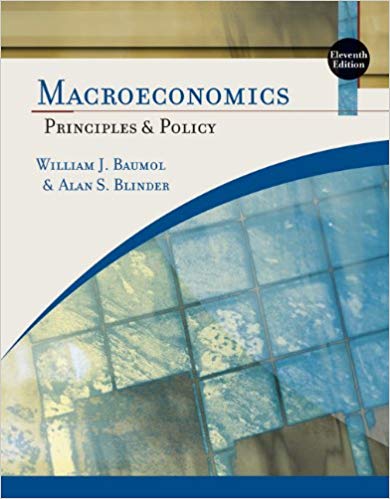
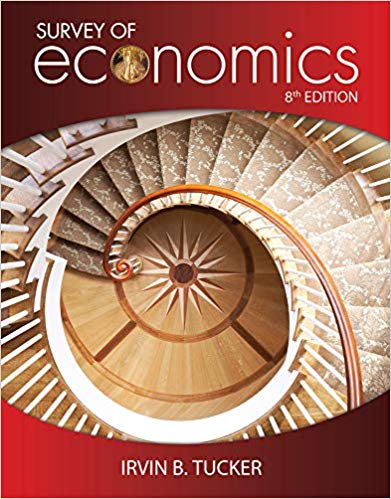
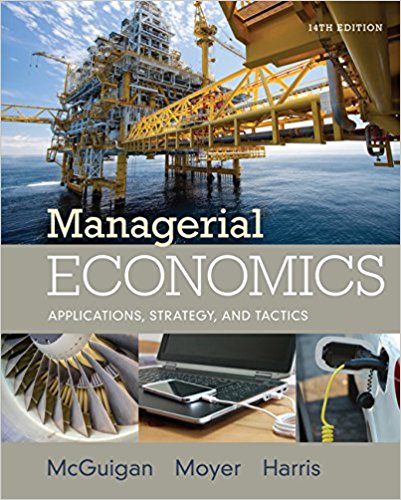
Reviews
There are no reviews yet.